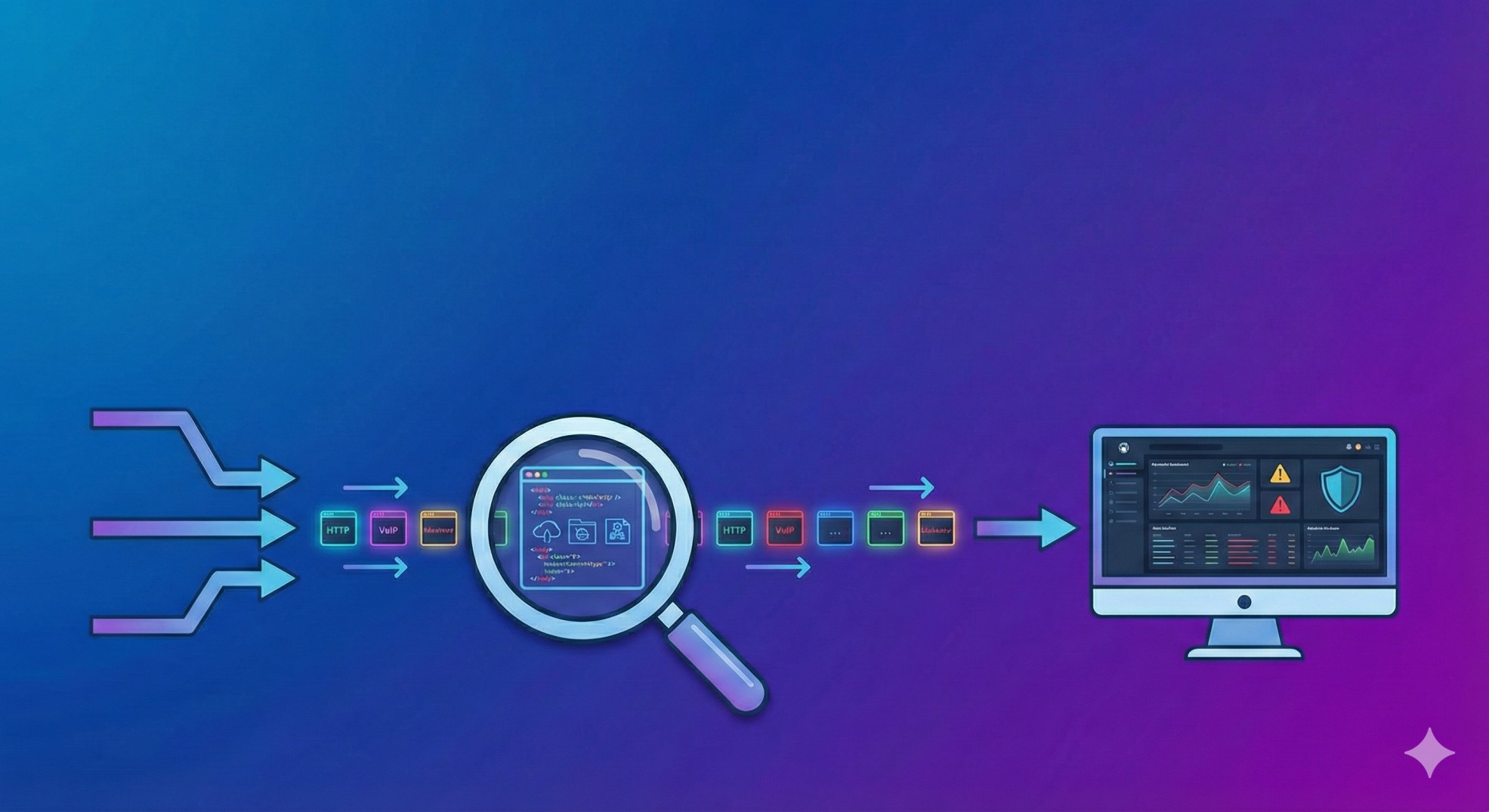Elevating Telecom Security: The Role of Penetration Testing
As the telecommunications landscape rapidly evolves, the need for enhanced security measures has become increasingly urgent. With the integration of advanced technologies and protocols, such as SS7, Diameter, and SIGTRAN, telecom networks face growing vulnerabilities that cybercriminals can exploit. Penetration testing (pentesting) has emerged as a vital strategy for identifying and mitigating these vulnerabilities, ensuring the security and integrity of telecom systems.
Understanding Penetration Testing
To find security flaws in a network, penetration testing involves simulating a cyberattack. Pentesting, which focuses on certain protocols and equipment in the context of telecom security, enables firms to assess their defenses against possible attacks. Among the many types of pentesting are:
- Black Box Testing: Testers act as external attackers with no prior knowledge of the system.
- White Box Testing: Testers have full access to the system, including source code, enabling a comprehensive evaluation.
- Gray Box Testing: A hybrid approach that combines elements of both black and white box testing, representing a scenario with insider threats.
The Critical Importance of Pentesting in Telecom
- Vulnerability Identification: Telecom networks, especially those utilizing SS7, Diameter, and GTP-C, are susceptible to various vulnerabilities. Regular pentesting helps identify these weaknesses, such as SS7 SMS interception, and allows for timely remediation.
- Compliance with Regulations: Telecom operators must adhere to stringent regulations, including GSMA Fraud and Security Group (FASG) standards like FS.11 (SS7/SIGTRAN) and FS.19 (Diameter). Penetration testing is essential for demonstrating compliance with these requirements.
- Protection of Sensitive Data: Telecom networks manage vast amounts of sensitive user information. Penetration testing can uncover potential data leakage points, safeguarding customer privacy and ensuring GDPR compliance by removing subscriber-related information.
- Testing Incident Response Plans: Pentesting not only uncovers vulnerabilities but also tests the effectiveness of an organization’s incident response strategy, providing insights into preparedness for real-world attacks.
- Reduction of Attack Surfaces: The attack surface grows when new technologies are added to telecom networks. Frequent pentesting improves overall security by identifying and reducing these dangers.
Key Considerations for Telecom Pentesting
- Understanding Protocol Vulnerabilities: Telecom operators must be well-informed about the specific vulnerabilities associated with protocols like SS7 and Diameter. For example, understanding the weaknesses of SS7 in mobile tracking and call interception is critical for developing effective defense strategies.
- Advanced Pentesting Techniques: Employing sophisticated techniques such as social engineering and exploit development ensures that penetration testing accurately simulates real-world attack scenarios, providing a thorough assessment of the telecom infrastructure.
- Collaborating with Security Experts: Partnering with experts in telecom security, such as P1 Security, enhances the effectiveness of penetration testing efforts. P1 Security specializes in offensive security services tailored for mobile networks.
Introducing P1 Security’s PTA: The P1 Telecom Auditor
At the forefront of telecom security solutions is the P1 Telecom Auditor (PTA), a specialized software solution designed specifically for telecom signaling security. PTA offers a comprehensive and reliable approach to penetration testing, providing organizations with the tools they need to enhance their security posture.
Key Features of PTA:
- Vulnerability Scanner for Telecom Networks: PTA is a dedicated vulnerability scanner that specifically targets telecom signaling networks, ensuring a thorough evaluation of GTP-C, Diameter, and SIGTRAN protocols.
- Safe for Production Environments: The PTA operates at a low rate using standard messages, making it safe for use in production environments without disrupting services.
- Advanced Attack Scenarios: PTA allows users to simulate various attack scenarios, including flood attacks, denial-of-service (DoS), and brute force attacks, providing a comprehensive understanding of potential risks.
- Inference Engine for Attacker Behavior: PTA replicates attacker behavior using an inference engine, first conducting discovery tests and then reusing gathered information to perform advanced attacks.
- Web Interface Management: PTA is easily manageable from a web interface, streamlining the assessment process for users.
- Cross-Protocol Correlation: PTA introduces a never-seen-before cross-protocol correlation feature that enables users to leverage signaling filtering flaws across SS7 and Diameter networks, facilitating advanced attack simulations.
- Comprehensive Reporting: PTA generates detailed reports based on the P1 Vulnerability Knowledge Base (VKB) content, offering insights into numerous vulnerabilities tested and allowing for easy export in PDF format.
Benefits of Using PTA
- Compliance Testing: PTA enables organizations to test the compliance of their signaling networks against GSMA FASG standards, ensuring adherence to best practices in telecom security.
- Firewall Bypass Scenarios: PTA includes a variety of firewall bypass attack scenarios, providing a deeper understanding of potential security gaps.
- Compatible with Multiple Vendors: PTA is designed to work with a wide range of network elements from various vendors, ensuring comprehensive coverage of legacy, current, and next-generation telecom equipment.
- International Perspective: PTA can scan from an international perspective, showcasing exposure to telecom operators and assessing the global security landscape.
Strengthening Telecom Security Through Penetration Testing and PTA
Penetration testing is crucial in the constantly changing world of telecommunications to find weaknesses and protect networks from online attacks. By providing a specialist solution designed for telecom signaling security, the P1 Telecom Auditor (PTA) enables enterprises to proactively remediate vulnerabilities and improve their overall security posture.
By partnering with P1 Security, telecom operators can leverage advanced pentesting techniques and tools to ensure their networks remain secure. Together, we can build a resilient security framework that adapts to the dynamic landscape of cyber threats.
🔐 Looking for the full picture? Explore the Ultimate Guide to Mobile Network Security — your complete resource on telecom security, from architecture to audits.




